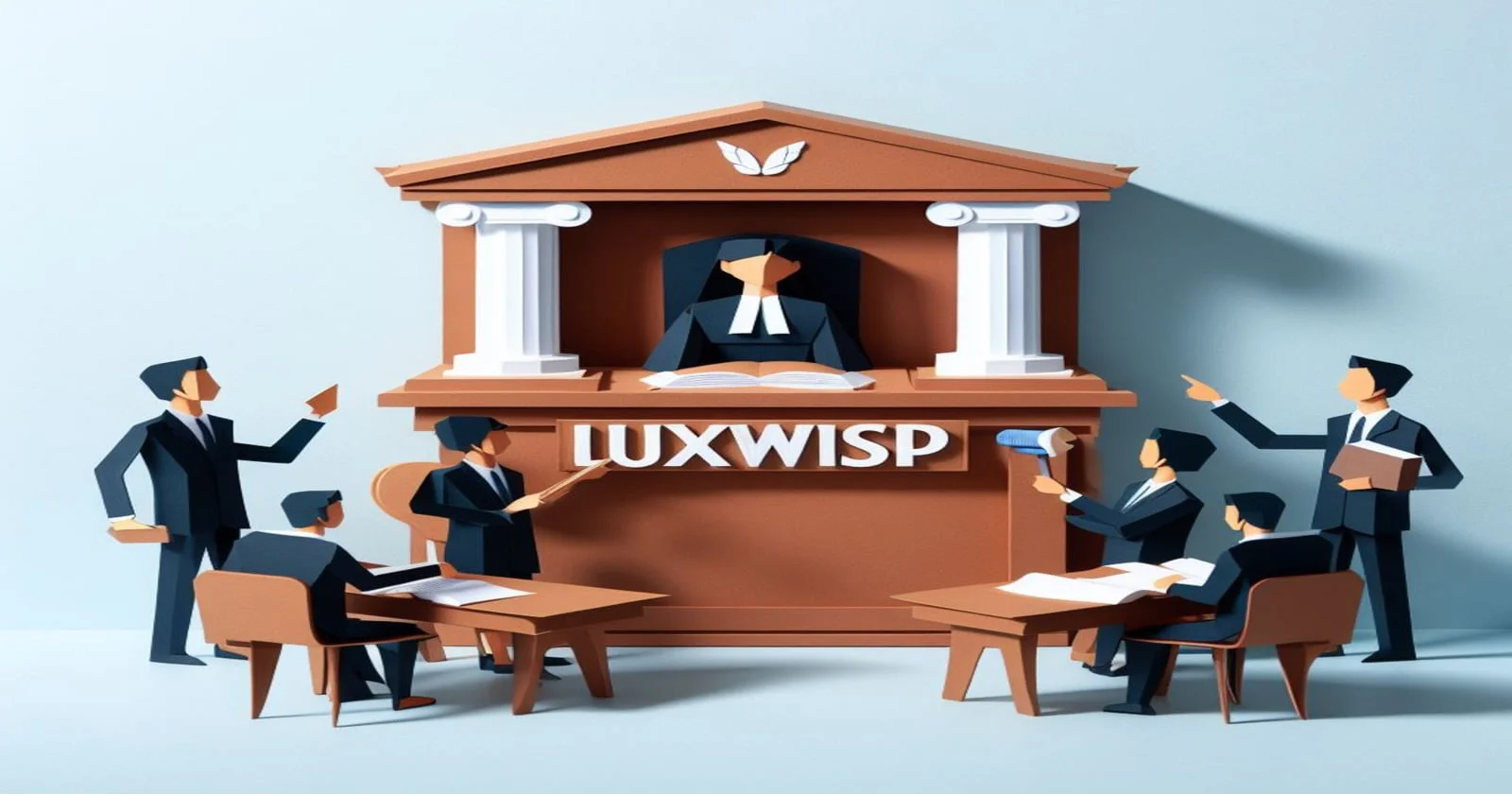The debate surrounding public funding for stadiums is multifaceted, encompassing economic, social, and ethical considerations. Proponents highlight the potential for job creation, economic stimulation, and the enhancement of a city's cultural landscape.
Conversely, skeptics point to the disproportionate benefits accruing to team owners and the often overstated economic impact on local communities. This complex interplay raises significant questions about the allocation of public resources, the role of sports in society, and the tangible benefits to the taxpayer.
As we navigate these considerations, it becomes imperative to examine whether the investment in stadiums justifies the opportunity cost, inviting further exploration into this contentious issue.
Key Takeaways
- Publicly funded stadiums often result in financial burdens for local governments, outweighing long-term economic benefits.
- Stadiums can enhance community unity and cultural pride, acting as key landmarks.
- The diversion of public funds from essential services raises taxpayer concerns and questions the fairness of stadium subsidies.
- Investments in alternative sectors like education and infrastructure could offer more sustainable and widespread benefits to communities.
Economic Impact Analysis
The economic impact analysis of public funding for stadiums reveals that the purported benefits to local economies are often overstated, with the real advantages accruing primarily to team owners and players. This imbalance raises significant concerns about the allocation of taxpayer resources, which instead of fostering broad-based economic growth, end up subsidizing private enterprises. Studies examining the aftermath of stadium constructions show a minimal uptick in local economic activity, challenging the narrative that these projects are catalysts for regional development. The financial inflows anticipated from such ventures rarely materialize to the extent projected, leading to a discrepancy between expected and actual benefits.
Moreover, the contention that stadiums spur significant job creation and wealth generation for communities is frequently debunked by economic assessments, which highlight the diversion of public funds from potentially more impactful investments. The lion's share of revenue generated from sporting events and facility usage flows directly to the franchise owners and their athletes, leaving a negligible imprint on the local economic fabric. This skewed distribution of benefits underscores the need for a reassessment of public financing priorities, suggesting that cities might reap greater rewards from directing funds towards projects with a higher and more equitable rate of return.
Community and Cultural Benefits

Turning our attention to the community and cultural benefits, the role of publicly funded stadiums extends far beyond merely hosting sports events. These facilities play a crucial part in boosting local unity, enhancing cultural identity, and promoting civic pride among residents.
Boosting Local Unity
Publicly funded stadiums often emerge as vital hubs for community and cultural engagement, fostering a sense of unity and pride among residents. These venues not only serve as arenas for sporting events but also play a pivotal role in enhancing the social fabric of the community by:
- Providing a common ground for residents to gather, celebrate, and engage in various cultural and community activities.
- Creating economic opportunities for local businesses, which benefit from the influx of visitors during events, thus contributing to the local economy.
- Bringing diverse groups of people together, which fosters social cohesion and promotes inclusivity within the community.
- Acting as landmarks that represent the community, thereby strengthening the sense of belonging and collective identity among residents.
Enhancing Cultural Identity
How do stadiums contribute to the cultural identity and vibrancy of a community?
By offering a stage for varied community events and gatherings, stadiums enrich a city's cultural fabric. These sports facilities become more than just venues for athletic events; they transform into landmarks of cultural heritage, contributing significantly to the identity of a city.
Moreover, stadiums frequently host cultural and artistic performances, thereby promoting local talent and encouraging creativity. The inclusivity of sports venues also plays a crucial role in celebrating diverse cultural traditions, fostering a strong sense of belonging and community cohesion.
Through these varied roles, publicly funded stadiums serve as pivotal points for enhancing and expressing the cultural identity of a community, weaving a richer, more vibrant social tapestry.
Promoting Civic Pride
Investing in sports stadiums with public funds plays a pivotal role in fostering civic pride, serving as communal hubs that unite residents through shared experiences and cultural events. These venues not only host thrilling sports competitions but also become the epicenter for a wide range of community activities, significantly enhancing the social fabric of a city.
Publicly funded stadiums often become iconic landmarks, representing the city's identity and history.
They boost community engagement by hosting diverse events, fostering a strong sense of togetherness.
Attracting audiences from various backgrounds, these stadiums promote inclusivity and diversity within the community.
Investment in these venues enhances the city's reputation, attracting visitors and fostering local pride and patriotism, thus contributing to a vibrant and united community.
Taxpayer Burden Concerns

The discussion around public funding for stadiums raises significant concerns regarding the financial impact on residents and the potential for increased tax rates.
Critics argue that the allocation of taxpayer money toward stadium projects places an undue burden on the public, without providing proportional economic benefits.
This segment will examine the ramifications of such investments, focusing on their implications for local taxpayers and municipal budgets.
Financial Impact on Residents
Public funding for stadiums places a significant financial burden on taxpayers, often outweighing the promised long-term benefits to the community. Despite the allure of economic development and increased employment opportunities, the reality of stadium subsidies reveals a different story.
- Most revenue generated from sports facilities benefits team owners and players rather than contributing to the local economy.
- Investment in stadiums often leads to slower income growth for cities, especially when compared to sectors like education and infrastructure.
- Stadium subsidies tend to redistribute existing entertainment dollars, pulling resources away from other vital public services.
- Economic impact assessments for stadium projects frequently exaggerate the benefits to residents, exposing taxpayers to unforeseen financial risks.
This scenario underscores the complex financial implications of public stadium funding on local residents, raising concerns about its overall efficacy and fairness.
Increased Tax Rates
Amidst growing concerns, the allocation of public funds for stadium construction often precipitates a heightened tax burden for local residents. This financial strategy can lead to increased tax rates, directly impacting taxpayers who are required to shoulder the costs of both construction and maintenance of these facilities.
Consequently, residents may face higher property or sales taxes, straining personal budgets and fostering discontent amongst those who see little direct benefit from the new stadiums. The diversion of funds towards such projects also risks limiting available resources for essential services, including education and public safety, exacerbating the potential negative impact on the community's financial well-being and quality of life.
This scenario underscores the complex implications of using public funds for stadium developments on taxpayers.
Infrastructure Strain Vs. Improvement

Evaluating the impact of stadium projects on local infrastructure reveals a complex balance between exacerbating strain and fostering improvements. The introduction of a new or renovated stadium often puts a spotlight on the existing infrastructure, highlighting deficiencies while also providing opportunities for enhancement. However, the path to achieving a harmonious integration of new stadiums into the urban fabric is fraught with challenges and opportunities.
Public funding for stadiums can significantly strain existing infrastructure, necessitating upgrades that may not have been urgent priorities otherwise. This includes additional traffic and parking demands, as well as increased pressure on utilities.
The surge in demand on public transportation and roads, especially on event days, can lead to congestion, complicating daily commutes and requiring costly infrastructure upgrades.
Without direct investments in surrounding infrastructure, communities may be left grappling with strained resources, impacting local businesses, residents, and emergency services by diverting attention and funds from other pressing needs.
Balancing these strains with potential improvements is critical, as effective planning and allocation of public funds can turn infrastructure challenges into opportunities for modernization and efficiency gains, benefiting both the stadium and the broader community.
Job Creation Reality

While addressing the challenges of stadium-related infrastructure strain, it is equally important to scrutinize the realities of job creation promised by such projects. Despite the allure of generating employment, sports stadiums often fall short of their projected job creation numbers. The disparity between the promise and reality raises questions about the efficacy of public funding for these initiatives. Studies indicate that the jobs resulting from sports facilities are frequently low-wage and part-time positions. This characteristic of stadium jobs means that the economic benefits to the local community are limited, undermining one of the key arguments for public investment in these projects.
Furthermore, the economic impact of job creation associated with sports stadiums is often overstated, with a significant portion of revenue benefiting team owners and players rather than the broader community. This situation suggests a misallocation of resources, as public funding diverted to stadium projects could potentially be invested in sectors capable of generating more sustainable and higher-paying employment opportunities. When compared to industries like manufacturing or technology, the job creation potential of sports facilities appears minimal, casting doubt on the strategic value of these investments for local economies.
Long-term Financial Viability

The long-term financial viability of stadiums funded with public money presents a complex challenge, given the substantial costs and questionable economic returns. While the allure of hosting a major sports team or event can be strong for municipalities, the financial realities often paint a less optimistic picture. The debate around public financing for stadiums is grounded in key concerns that question the wisdom of such investments.
- High Initial Costs vs. Limited Economic Benefits: The significant upfront financial commitment required to construct or renovate stadiums seldom aligns with the long-term economic benefits, making the investment hard to justify.
- Risk of Long-term Financial Burdens: Municipalities may find themselves responsible for debts and maintenance costs without the anticipated boost in economic growth, placing undue strain on local budgets.
- Diversion of Resources: Essential services such as education and infrastructure could suffer as funds are redirected towards stadium projects, impacting the community's overall well-being and financial health.
- Uncertain Economic Value: The assumption that stadiums will consistently generate significant economic value over time is often based on optimistic projections rather than concrete evidence, leaving the long-term financial viability in doubt.
Given these considerations, the fiscal sustainability of publicly funded stadiums remains a pivotal issue for communities to evaluate.
Alternative Public Investments

Given the challenges associated with the financial sustainability of publicly funded stadiums, cities might consider the benefits of directing their resources toward alternative public investments. By prioritizing sectors such as education, infrastructure, and public safety, municipalities can foster environments that are more conducive to long-term economic and social development. Investments in these areas often yield higher rates of return compared to the construction and maintenance of sports facilities.
Redirecting funds from sports stadiums to other critical sectors can catalyze overall economic growth. Projects that improve public transportation, educational facilities, and emergency services not only enhance the quality of life for residents but also attract businesses and skilled workers, contributing to a more robust and diversified economy. Moreover, alternative public investments tend to have a more significant and sustainable impact on local economies, strengthening communities in ways that sports facilities alone cannot.
Evaluating the opportunity cost of stadium funding against the potential benefits of other public investments is crucial. It enables city planners and policymakers to make informed decisions that maximize the welfare of their communities, ensuring that public funds are allocated in a manner that yields the greatest possible benefit to the largest number of people.
Conclusion
In conclusion, the utilization of public funds for stadium construction presents a complex landscape of benefits and drawbacks.
While it can potentially stimulate economic activity and enhance community spirit, the financial burden on taxpayers and the strain on public resources raise significant concerns.
The evidence suggests that the long-term economic benefits are minimal, urging a critical evaluation of alternative investments that may offer more substantial returns to the community.
Thus, careful deliberation is imperative in prioritizing public expenditure to ensure broad-based benefits.













